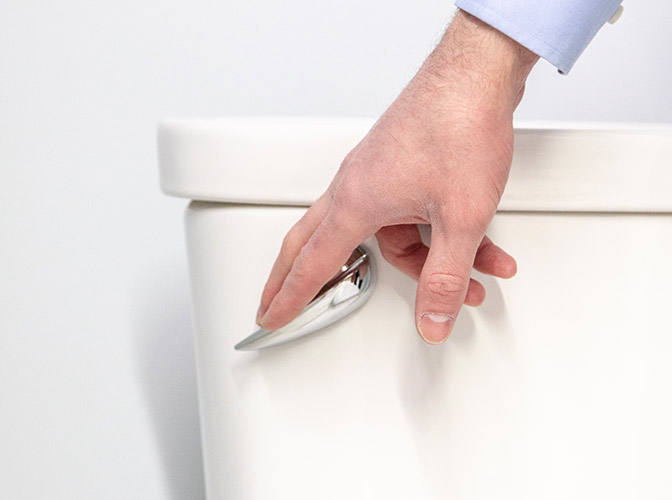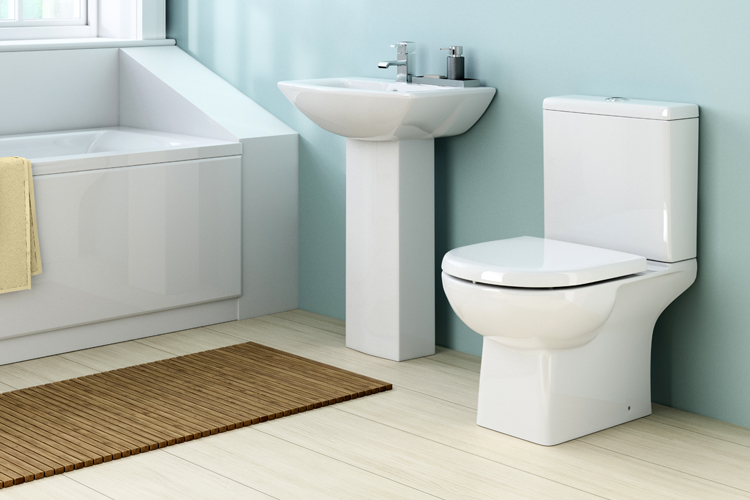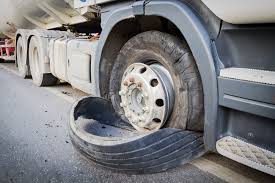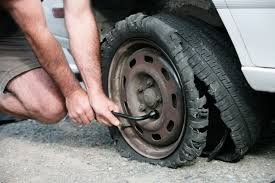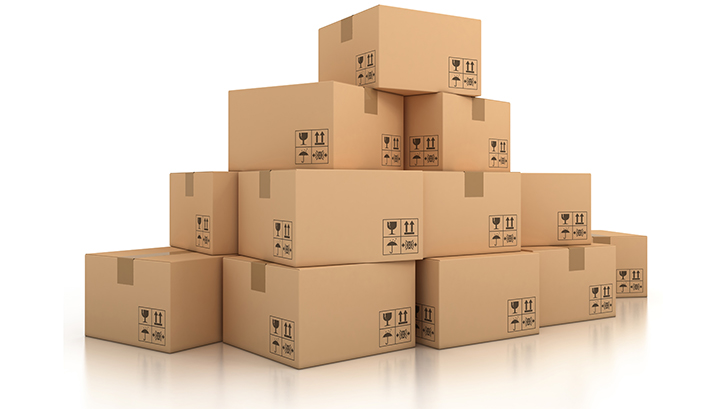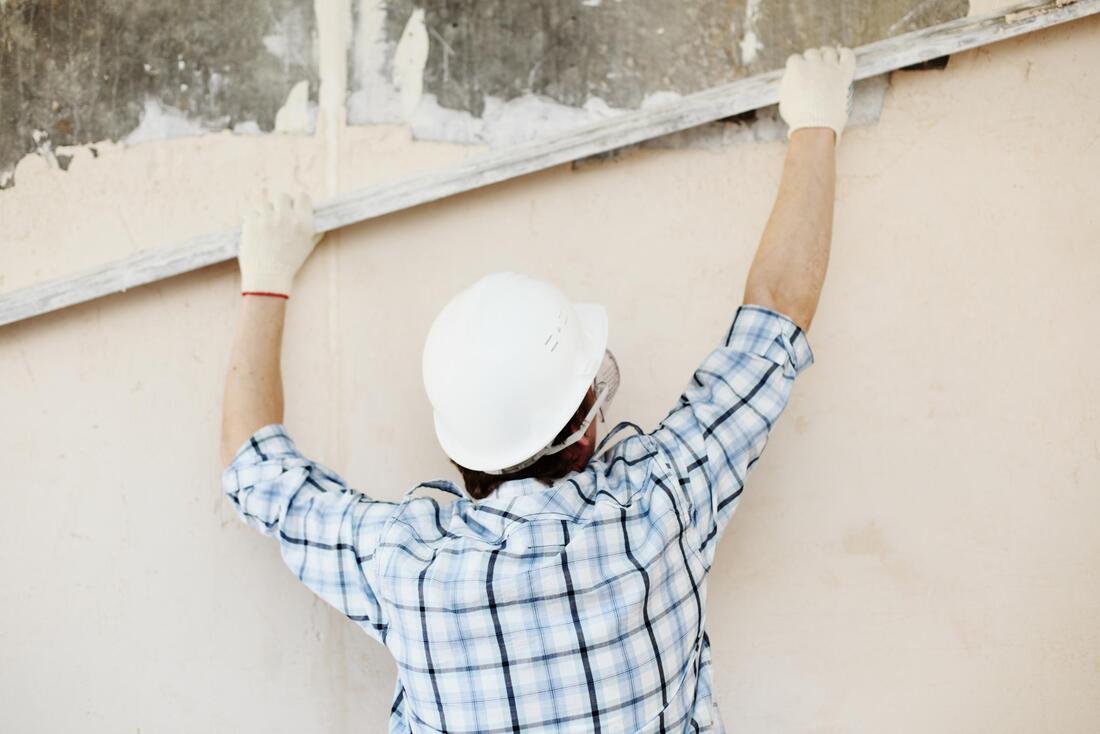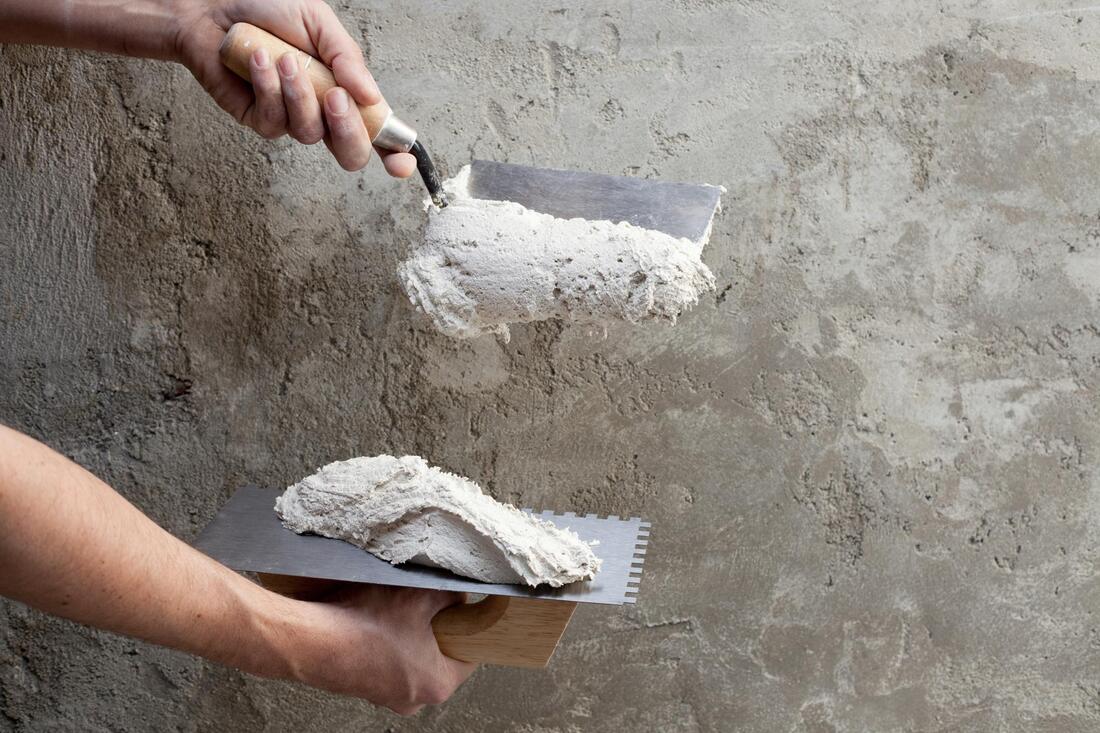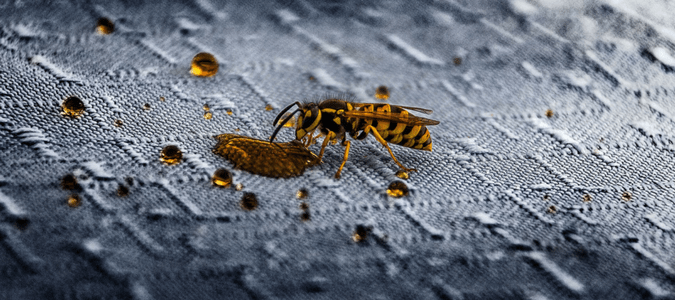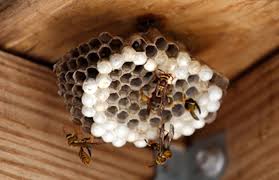Massage appointment helpful tips
Scheduling an appointment
It is important that we know as much about your preferences, health situation and past massage experience as possible. If you are looking for a specific type of massage, deep tissue, relaxation, etc., be specific so we can pair you with a therapist that does that type of massage. Please inform us if you are pregnant, or have any major health conditions. We will ask you specific questions when making your appointment to help customize your session to meet your needs.
Preparing for your appointment
Personal hygiene is always important when you come in for massage. Shower or bathe prior to your massage. Wear comfortable clothes that allow you to undress and dress easily. Your comfort and privacy are important to us. You may undress to a level that is comfortable to you (most clients are nude, or underwear only). Therapists are trained in the proper draping techniques, and only expose the area that is being worked on. Your privacy is always respected, and it is never required that you completely disrobe.
What is Chiropractic Care?
Chiropractic is a natural, safe, drug free, hands-on form of health care. The basis of chiropractic is that the nervous system directly or indirectly controls every cell in the body. The nervous system is made up of the brain, spinal cord and nerves. The brain communicates through the spinal cord and nerves, and the nerves branch away from the cord between each vertebra. A misaligned bone may cause irritation of the nerve. The nerves go to the muscles and organs and influence the cells in your body. So when the nerves are irritated it may lead to pain, muscle tightness or other health problems. This misaligned bone is called a subluxation
What can I expect of a visit to the Chiropractor?
On your first visit you will begin by filling out paperwork. You can find forms located in the left hand side bar on this page. Those forms may ask about any current health problems, past health history, family history, and request information that is used for billing purposes. Your doctor will review the paperwork and then ask you questions regarding this information and any additional information he/she may need to determine your health problem. The doctor will then do a physical examination that involves various tests to help determine your diagnosis. This may include x-rays and/or lab work. After reviewing all the information, the doctor will determine if chiropractic care can help with your health concerns. They will discuss your diagnosis and the treatment plan they recommend for you. If you are comfortable with this plan, the chiropractic treatment will be performed. This treatment usually involves a chiropractic adjustment. It may also include heat, ice, ultrasound, electrical muscle stimulation, acupuncture, nutritional counseling, exercise recommendations, massage therapy, and/or stretches.
Which forms do I use for my appointment?
We have provided forms for you to print and complete prior to your appointment. See the left side bar for those forms. If you cannot or choose not to print forms but want to review what information you will need at your appointment you can do so. If you have never been a patient in our clinic you will need to complete the new patient appointment forms. If you have been a patient in our clinic in the past and it has been more than 4 months since you have been seen, you will need to complete the update patient appointment forms. If you were involved in an auto accident or work related injury you will also need to complete the applicable form for the type of accident you were involved in. If you print and complete forms be sure to bring them along with you to your appointment

Helpful Tips
DOT Physical Exam: Things to Plan in Advance
If you have a medical condition you’re going to need some paperwork:
Diabetic Condition – Bring a list of medications and name of prescribing doctor.
High Blood Pressure – Bring a list of medications and name of prescribing doctor.
Heart Condition – If you’ve had a heart attack or cardiovascular disease, you’ll need to bring a copy of your last stress test.
Sleep Apnea – Bring a copy of your latest sleep test results, if you have one.
Medications – List all the prescription medicines you take, including strength and dosage. If you regularly take over-the counter medications, such as antacids or allergy pills, list them, too.
Contact information – Have names and phone numbers of your doctors in case you need to call and have them fax missing information.
DOT Physical Exam: Things To Do to Manage Your Blood Pressure
Make sure you don’t run out of your prescribed blood-pressure medication.
Remember to take your medication on schedule. If you forget, most doctors recommend taking your medication as soon as possible.
If you’re significantly late taking your medication, tell the doctor conducting the DOT physical you forgot to take your regular medication. If your blood pressure is too high, ask to have it rechecked later that day – or even the following day.
Cutting back on caffeine and nicotine can help improve your blood pressure.
Reducing the amount of salty foods you eat and avoiding adding salt to your food can also help to lower your blood pressure.
The week before your DOT physical exam, cut back on coffee, sodas, energy drinks, potato chops, etc, and don’t add salt to your food. Also reduce your use of nicotine as much as possible. Doing this can help lower your blood pressure reading
The Day of the DOT Physical Exam:
Remember to bring the medical records you’ve prepared in advance, including your list of medications.
Remember to bring eye glasses (it’s surprising how many people forget this).
Drink water. Come with a need to pee.
Getting Past ‘White Coat’ Syndrome:
First off, we understand that this is a very real concern for some drivers.
Secondly, we work with drivers all day long. We understand that passing your DOT physical exam is important to your continued career and your livelihood

Tips for a Healthy Summer!
Summer is full of activity. Whether it’s volleyball with friends, vacations with family, or just spending all day on the move, we tend to be much more active during the summer months. While this is actually very good for overall health, it can cause pain for those of us who are not used to it. This is where chiropractors can really help. They can ease pain in the back and neck by reducing restrictions of the vertebrae of the spine. By removing these problem areas, pain is reduced and activity and movement become much easier. Having the best summer is more than a schedule crammed full of outdoor activities. It’s staying healthy and fit, too
Keep hydrated. Plan on drinking fluids at least one hour before you head out for the day. Aim for half your body weight in ounces a day. Drinking enough water per day to keep the kidneys functioning properly and flush toxins from the body. Add some variety to your water by infusing it with fresh fruit — delicious, nutritious and hydrating!
Add daily exercise to your summer routine. This winter’s cold weather was a valid reason for not getting out as much for outdoor activities. Now that summer is here, there is no excuse! Hiking, biking, running and walking are all great ways to boost energy and fitness levels. Gardening can be a great workout, too!
Support our local farmers and your health too! Farmers markets are open. Treat your family and yourself to fresh organic fruits, veggies, honey and herbs. Farmers markets often offer an amazing array of produce that are not typically available in your local supermarket.
tick to your regular wellness schedule. There’s no vacation when it comes to your health! Keeping up with your visits helps maintain structural alignment, promoting optimal health and range of motion that helps you to do the summer activities you love. Massage and acupuncture can help soothe sore muscles from summer sports and gardening. Going long stretches without chiropractic care can set you back – which means more extensive care down the road. Don’t be a stranger this summer!

SPINE HEALTH TIPS FOR HOLIDAY ROAD TRIPS
Whether you’re sitting in a car for too long or working at a desk job, sitting causes a lot of pressure on your lumbar spine. For those of you who are traveling more than an hour away, it’s important to keep your spinal health in mind. In fact, sitting for too long – especially with improper posture – is a leading cause of back pain and issues.
Use a lumbar pillow. To help relieve some of the pressure, you can use a lumbar pillow. This pillow will help improve your form too. If you don’t have a lumbar spine pillow, try using a folded up sweatshirt. Place it in the small of your back to help keep the natural curve in your low back. Use either of these lumbar support options for as long as possible.
Schedule stretch breaks. Schedule rest breaks every 1 to 2 hours. Instead of pulling through a drive thru, hop out of the car and go inside. Spend 5 to 10 minutes walking around and stretching out your back, legs, neck, and arms.
Maintain good posture. While you are traveling, be mindful of your posture. Scoot toward the end of your seat and point your toes and knees inward. This posture will force you to sit up properly and make sure your spine is properly aligned. This tip is more ideal for a passenger as opposed to the driver. Always be sure you are safe while driving
Give your neck a break. If you’re a passenger, do you spend a lot time on your phone playing games and stalking people on Facebook? I know I am guilty of those habits! Looking down at your phone or book for too long can create neck pain after a long drive. You could also experience headaches or shoulder aches. Set aside “device free” time on the road. Use a neck pillow to stay comfortable and maintain good form.
Tips for Travelling
Trips away are always fantastic and looked forward to all year however all too often I see patients in pain when they return. Frequently patients complain of neck and lower back pain after travelling; here are a few tips to help you whilst you are away
Bring your Own Supports
If you know you are prone to suffering spinal pain when travelling be proactive
Use a neck pillow or lumbar cushion to support your spine
Take your own pillow when you go away
Do the exercises your chiropractor has given you
Use a hot shower to mimic a heat pack whilst away
Lifting Luggage
Bend at the knees
Use your low back muscles, not your spine to lift
Don’t twist when lifting or carrying
Carry backpacks on both shoulders
Pack light, just bring what you need
Move Move Move
Don’t get stuck in one position for too long
If you’re on a plane get up every hour and walk around
If you’re driving stop every two hours and go for a walk
Try to maintain good posture, head and shoulders back, don’t slouch
Hydration and Nutrition
Drink plenty of water
Eat well, plan ahead and avoid junk food



